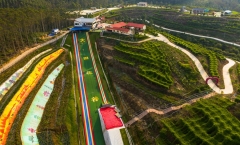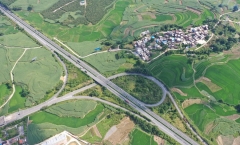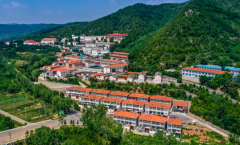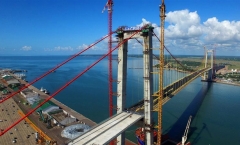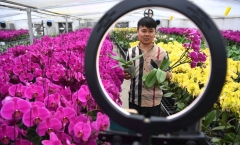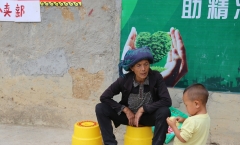The Decisive Role of Poverty Reduction in China’s 2020 Targets
The statement that China’s economic achievement is the greatest in human history in terms, not only of improvement of the conditions in China but of improvement of the overall condition of humanity, is therefore not one made by an “overheated” Chinese nationalist.
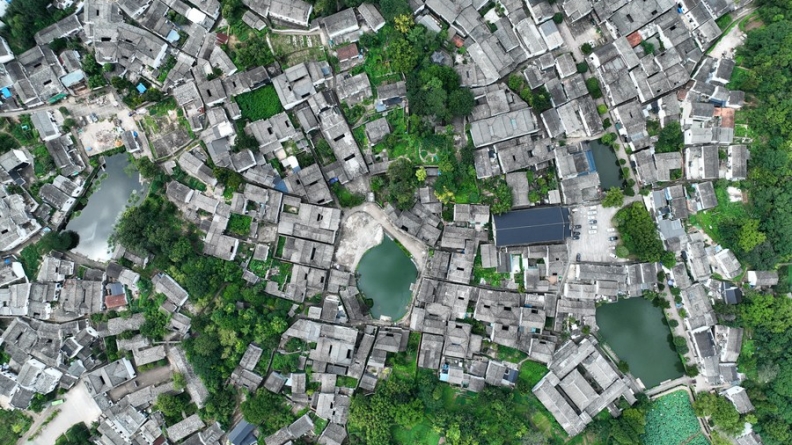
 Facebook
Facebook
 Twitter
Twitter
 Linkedin
Linkedin
 Google +
Google +
